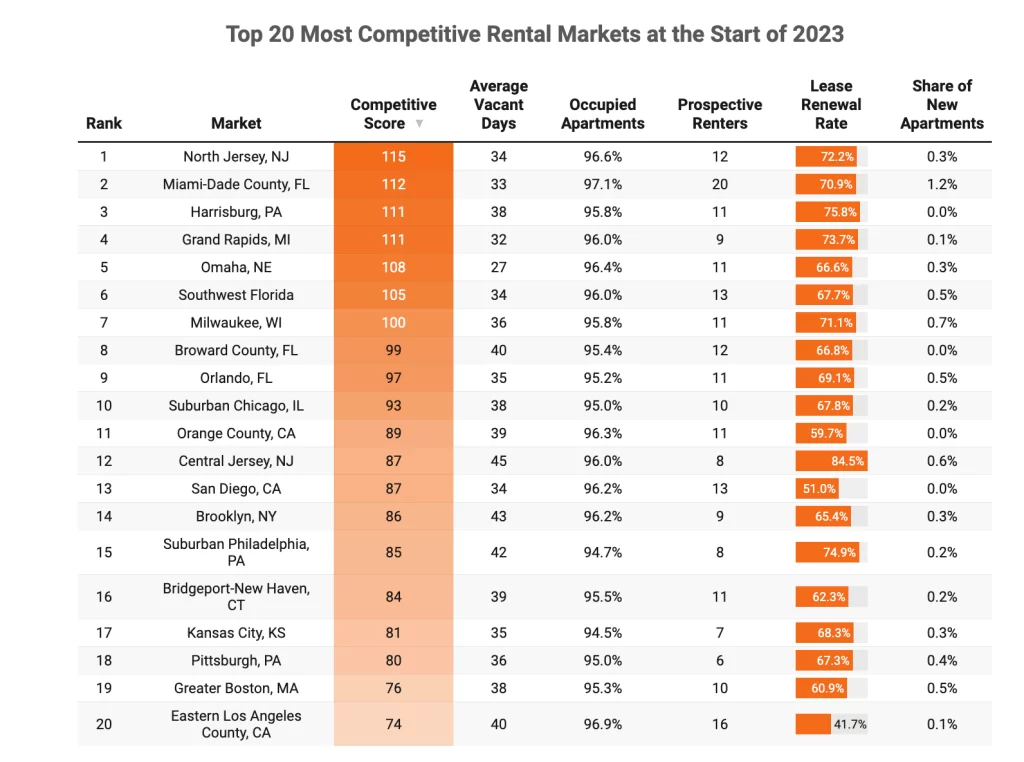From NJ1015:
New Jersey’s most expensive home finally sells — look inside

The Stone Mansion in Alpine — New Jersey’s most expensive home for sale — has finally sold years after it was listed.
The sale price, which started out at $68 million in 2010 before it was even finished, was dropped over the years and finally sold for $27.5 million. The home was completed in 2013 and has been on the market ever since.
So, what does that much money get you? First off, 30,000 square feet of living space; 12 bedrooms, 15 full bathrooms and four half-baths. From the Sotheby’s listing, you also get:
Reception rooms of grand scale proportions include a ballroom, martini parlor, his and her libraries, formal living room, formal dining room, north and south art galleries, and wine tasting room.
It has a 65-foot saltwater pool (the pool house has its own kitchen), a tennis court, an elevator to all levels, and a heated driveway.

